Research Group Hunger

Our group is exploring optically addressable spins in condensed matter and the enhancement of light-matter interactions with microcavities. We are interested in the fields of solid state quantum optics, optical sensing, microscopy, spectroscopy, and spin physics.
Enhanced light-matter interactions allow one to realize efficient optical interfaces at the single quantum level, and enable novel schemes for spectroscopy and sensing. We employ and further develop fiber-based Fabry-Perot microcavities, which combine microscopic mode volumes with exceptionally high quality factors, and at the same time offer open access for a variety of samples. We use this highly flexible platform e.g. to realize a coherent spin-photon interface for color centers in diamond, to read out and control few or even individual rare earth ions as qubits, and to perform cavity-enhanced sensing and spectroscopy of nanosystems also in liquid environments.
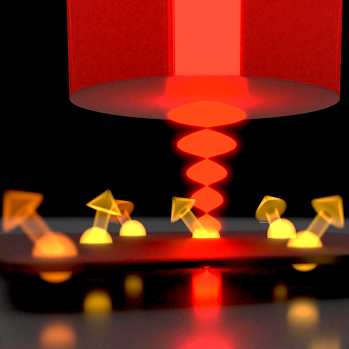
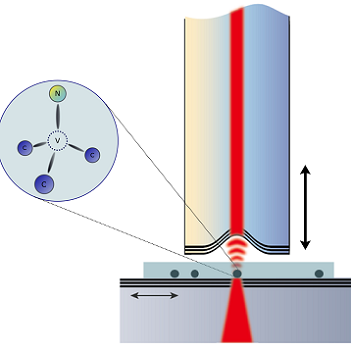
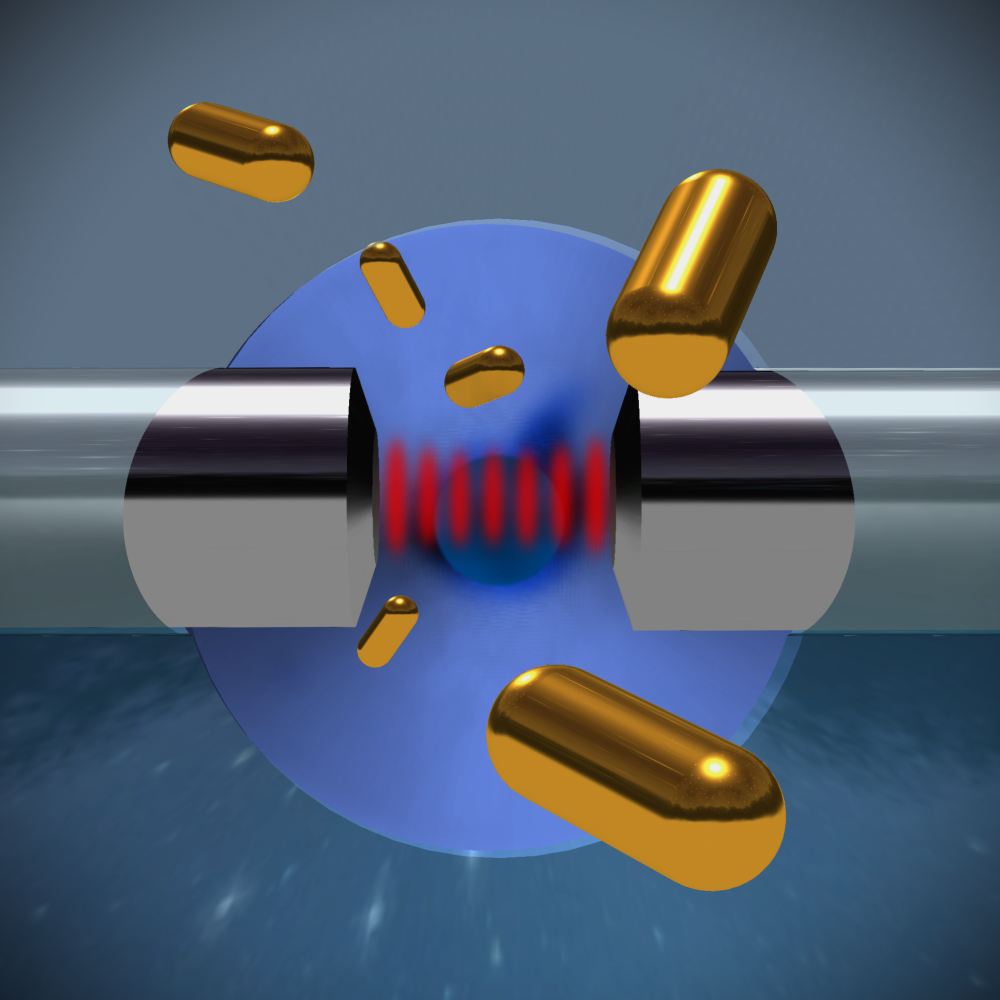
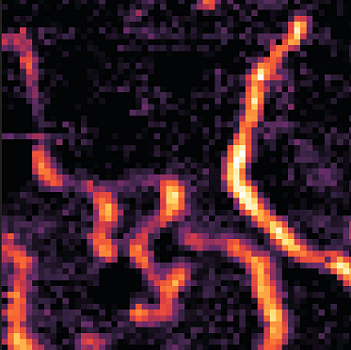
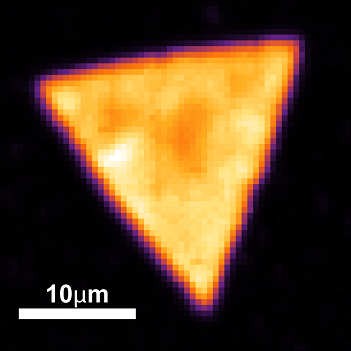
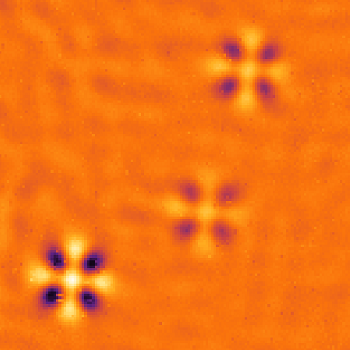
News
- 07/25: We offer two PhD projects within Gen-Q, application deadline 31.8.25!
- 01/25: We have inaugurated a fiber test bed for quantum communication
- 08/24: We have achieved record-long spin coherence in SnV centers in diamond, driven by a superconducting waveguide - see paper in PRX
- 11/23: We have observed collective effects from NV centers coupled to a microcavity - see preprint on arxiv.
- 04/23: We have realized an ultra-stable cryogenic nanopositioning platform which achieves picometer-scale stability for an open Fabry-Perot cavity in a closed-cycle cryostat - see paper in APL Photonics
- 12/22: Summary article on scanning cavity microscopy published in Imaging&Microscopy
- 11/22: 3D laser-printed microstructures on fiber endfacets are a new and versatile approach to realize Fabry-Perot microcavities - see the paper in Optics Express
- 10/22: We have studied the effect of a diamond membrane on the modes of an open cavity to understand the achievable performance of spin-photon interfaces for color centers - see the preprint on arxiv
- 04/22: We are part of the BMBF Grand Challenge on Quantum communication with the project NEQSIS, see the press release of TUM
- 03/22: We are part of the BMBF Project SPINNING with the goal to realize a quantum computer based on spin qubits in diamond
- 03/22: We have observed ultra-long optical coherence in molecular Rare Earth ion complexes, published in Nature
- 11/21: We have developed a novel scheme for 3D tracking of Brownian motion and cavity-enhanced sensing of nanoparticles in liquids - finally published in Nature Communications
- 08/21: We are co-organizing an exciting Heraeus Workshop on optically addressable spins - contact us to participate remotely!
- 08/21: BMBF-founded project "Quantum Repeater Link" (QR.X) is starting as an extension of q.link.x. We will contribute to realize a quantum repeater link based on color centers in diamond within Germany, see here for a press release, here for project infos of the BMBF, and here for the project website.
- 07/21: Bernardos paper on dynamical control of Purcell enhancement finally appeared at Nature Communications - congratulations!
- 10/19: From our group emerges the spin-off Qlibri, developing stable optical fiber micro cavities for quantum optics and cavity enhanced absorption microscopes.
- 10/19: We could explain artefacts in scanning cavity microscopy, see the new paper.
- 09/19: Our paper on Polariton hyperspectral imaging in WS2 is (finally!) published
- 8/19: We have hosted the Quantum Futur Academy with more than 30 participants.
- 7/19: We have hosted the SQUARE summer school with 60 participants.
- 11/18: The Max Planck School of Photonics has launched, with a first call for students opened until 15.12.2018. We are participating and offer a PhD project within the school!
- 10/18: The Quantum Flagship is now officially announced, and with it the project SQUARE where we are part of. Have a look at the press release and webpage SQUARE.


